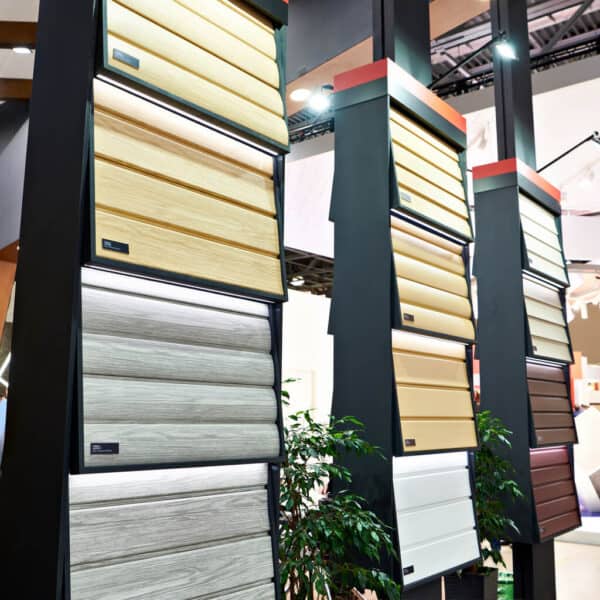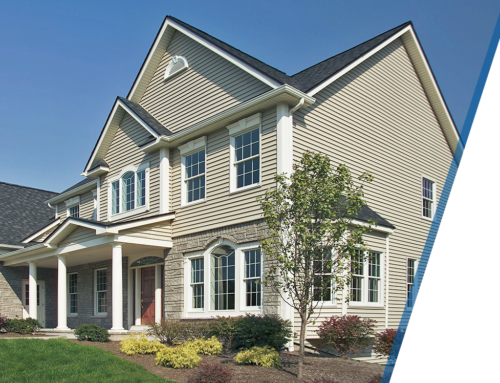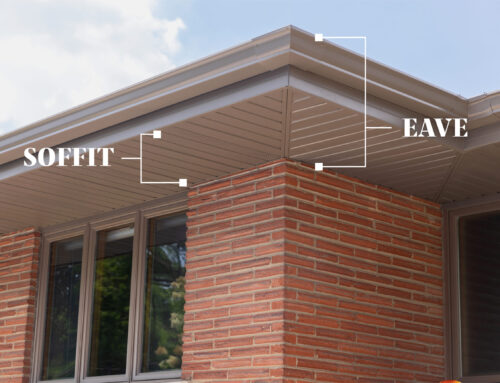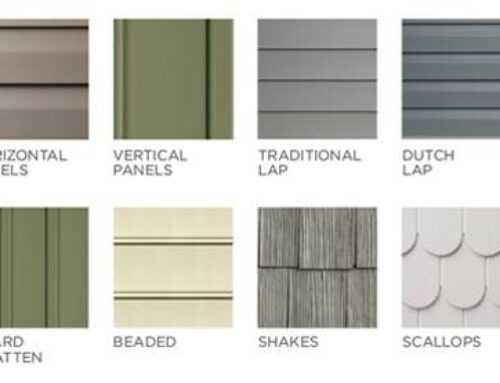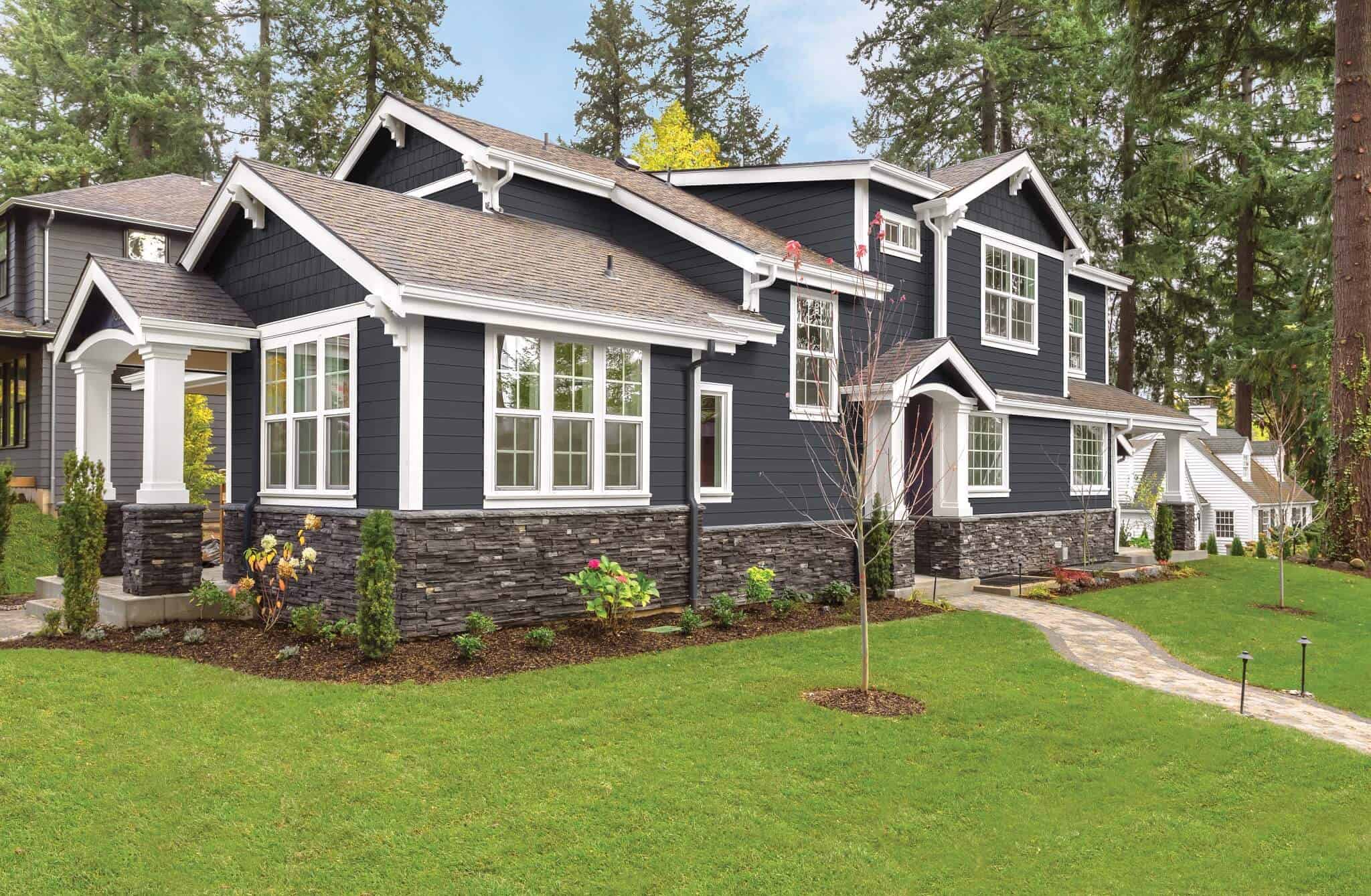
There are so many house siding options – and so much information available about each one – that it’s easy to become overwhelmed by your choices. So, here’s a brief primer that gets to the nitty gritty of things. You’ll soon see why insulated vinyl siding stands apart from the rest.
Contents
Contents
Types of Siding Rated by Beauty and Energy Efficiency
There are many ways you can analyze types of siding material. However, some of those factors, such as price, are difficult to compare. So, we’ve narrowed our focus to each product’s curb appeal and efficiency.
As we begin our discussion, it will help you to know about R-Values. An R-value is an insulating material’s resistance to conductive heat flow. This is measured or rated in terms of its thermal resistance – or R-value. The higher the R-value, the better insulating properties a material has.
Fiber cement siding
Fiber cement siding is made by mixing cement, sand, and fiber. The material can be made to look like real solid wood siding (or brick or stone siding).
The R-value of fiber cement siding materials is 0.37.
Stucco siding
Stucco is a mixture of Portland cement, sand, limestone, water, and additives. Traditionally, stucco is applied in three coats, and the finish coat can come in various colors and textures. It’s prevalent in the Southwest.
The R-value of stucco is 0.40.
Brick/brick veneer
Brick is an attractive option. Some homeowners choose real brick as an accent for a home’s exterior. However, the mortar between bricks may deteriorate over time. The alternative to real brick is brick veneer or brick siding.
The R-value of brick veneer is 0.44.
Natural stone/stone veneer siding
Like brick, stone veneer is manufactured stone siding often used to accent other types of siding. Stone veneer is beautiful and gives a home a woodsy, rustic feel.
The R-value of stone veneer is 0.11.
Insulated vinyl siding
Insulated vinyl siding provides a wide selection of color and texture options, as the material can be made to look like real wood. So whether you want clapboard, dutch lap, board and batten, shakes, and scallops – you can achieve the look you want with insulated vinyl exterior siding.
Additionally, insulated vinyl siding helps stop thermal bridging and reduces energy loss.
Quality insulated vinyl siding typically has an R-value of 2.0 – 4.0, – depending on the brand, type, and size of siding you choose. As a result, insulated vinyl siding has a higher R-value than any other siding material.
Beauty is a Matter of Opinion – But R Values Aren’t
There are many many modern siding options. We’ve covered just a few, but you can also consider metal siding (steel siding), engineered wood siding, aluminum siding, and natural wood siding. While all of these types of building materials may vary in looks – few can compare to insulated vinyl siding when discussing the product’s energy efficiency.
Woodbridge Home Solution Is Your One-Stop-Shop for Exterior Remodeling
Learn more about low-maintenance insulated vinyl siding by scheduling a consultation with Woodbridge Home Solutions. Not only is insulated vinyl siding an attractive siding option but it is also made of long-lasting, durable material. And your new siding and replacement windows will improve your home’s curb appeal.
Key Takeaways About the Beauty and Energy Efficiency of Siding Materials
- Beauty is in the eye of the beholder when selecting siding.
- When comparing house siding options, insulated vinyl siding offers excellent energy efficiency.
- Quality insulated vinyl siding typically has a 2.0 -4.0 R-value, which means it is the best siding for energy efficiency.


